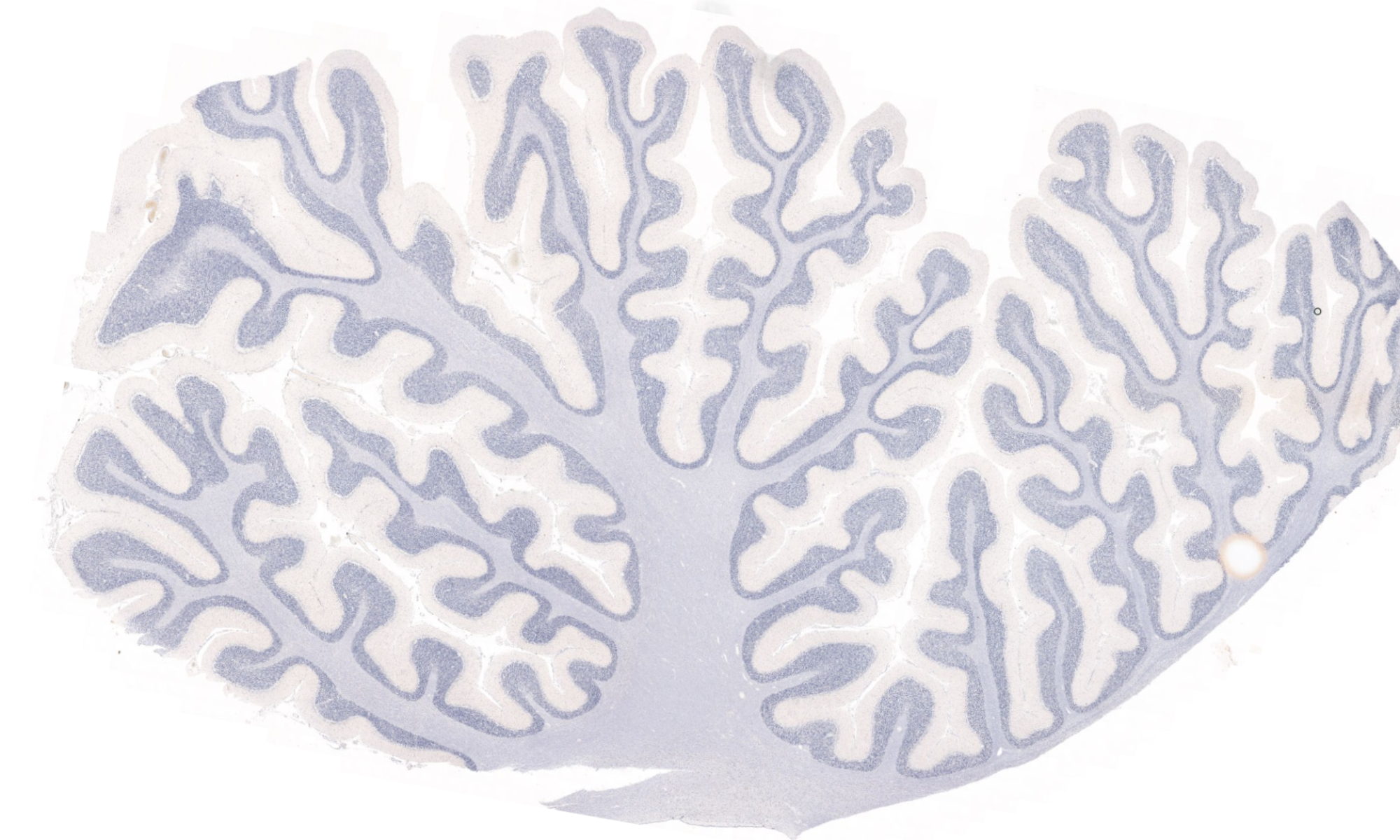Hommunculus Reborn?
On three networks in the brain associated with separate mental activity: control, external attention and free associations.
Recently Spreng and associates (NeuroImage, 2010, 53, 303-317) described a model for interaction among three distinct neural networks. One network concerns external attention and goal-directed mental activity, and involves the dorsolateral prefrontal cortex, frontal eye fields, inferior precentral sulcus, medial temporal lobe and superior parietal lobe. Another, the default mode network, is active in the resting state when the subject is engaged in spontaneous, non-directed thinking that occurs while free associating about personal future life and when thoughts wander during rest; and it may be present while daydreaming. The two networks coexist, and interactions between these two networks suggest that they balance each other. When one network is active, the other network is downregulated and vice versa. This leaves us with the third network. The authors suggest that the first two networks are governed by a control system comprised of rostrolateral prefrontal cortex, medial frontal gyrus, anterior insula, anterior cingulate cortex, precuneus and anterior inferior parietal lobe. This theory about the three networks was tested in a number of experiments using fMRI to characterize brain activity related to performance of network-specific tasks. The results provide support for the complementary interaction of the three networks. Do these results imply that the hommunculus is reborn?
By Professor Ove Almqvist
Dept. of Psychology
Stockholm University
Stockholm
Sweden
2011

